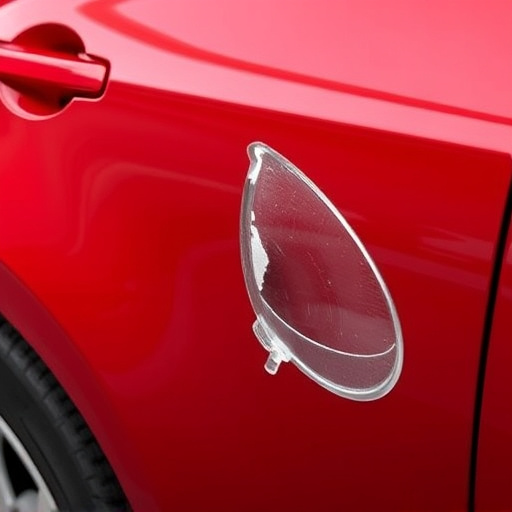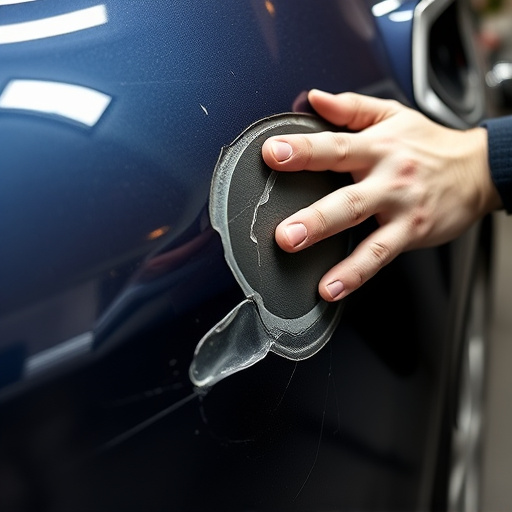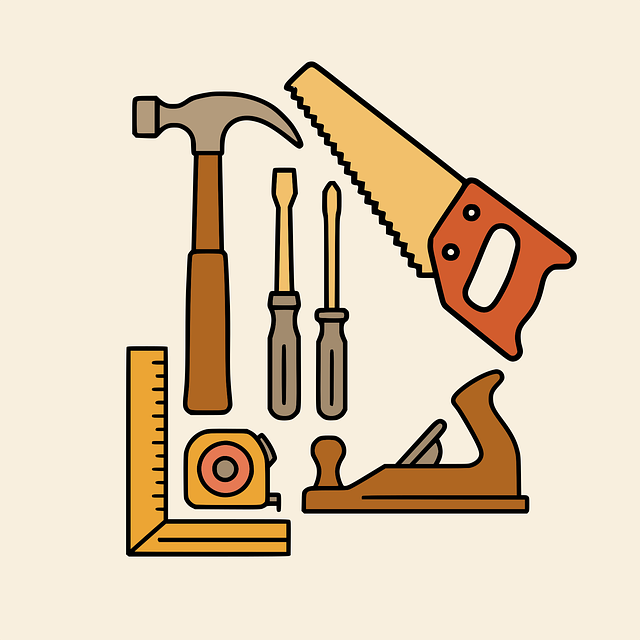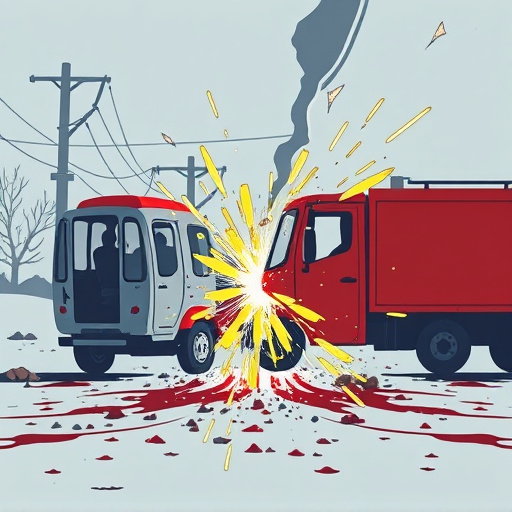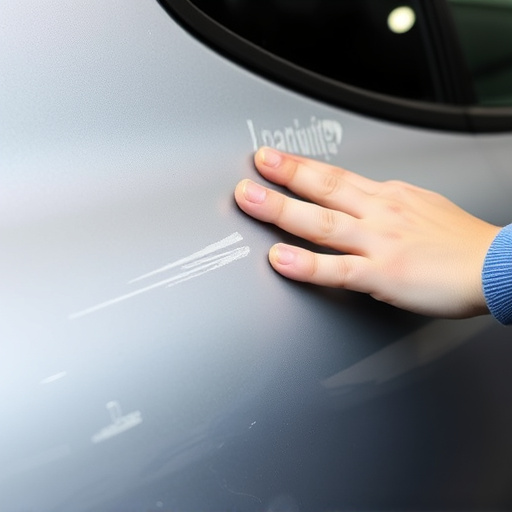The current claims documentation process for car repair shops is inefficient due to outdated practices like paper records and manual data entry. Digital transformation, including digitizing tasks, standardized templates, and robust software, is crucial to improve accuracy, speed, and customer satisfaction in claims documentation services, especially for complex autobody repair cases. Adopting digital platforms offers real-time data access, streamlines claim handling, reduces errors, and enhances transparency, proving vital in today's digital landscape.
In today’s fast-paced insurance landscape, efficient claims documentation service systems are vital. Navigating complex paperwork and manual processes can lead to delays, errors, and increased costs, negatively impacting both insurers and policyholders. This article delves into the importance of streamlining these systems, focusing on understanding current processes, identifying key areas for improvement, and implementing digital solutions that enhance efficiency in claims handling. By adopting these strategies, insurance providers can ensure a smoother, more satisfactory experience for all stakeholders.
- Understanding the Current Claims Documentation Process
- Identifying Key Areas for Streamlining and Improvement
- Implementing Digital Solutions for Efficient Claims Handling
Understanding the Current Claims Documentation Process

The current claims documentation process often involves a convoluted journey for both insurance providers and policyholders, particularly in sectors like car repair shops and collision repair services. This multi-step procedure typically includes gathering and submitting various documents related to vehicle damage, such as estimates, invoices, and photos, especially when dealing with complex cases of frame straightening. Each step necessitates time and effort from all parties involved, leading to potential delays and inefficiencies.
This cumbersome system can be attributed to the lack of digitalization and streamlined processes within claims documentation services. Many traditional methods rely heavily on paper-based records, manual data entry, and outdated communication channels, making it challenging to maintain accuracy and speed. As a result, customers often face lengthy wait times and frustrating experiences when filing or resolving claims, especially for seemingly straightforward repairs like frame straightening.
Identifying Key Areas for Streamlining and Improvement

In the realm of claims documentation services, identifying key areas for streamlining and improvement is a strategic first step towards enhancing efficiency and accuracy. By meticulously examining existing processes, professionals can uncover bottlenecks that hinder swift claim processing. These may include lengthy paperwork procedures, outdated record-keeping systems, or fragmented digital platforms, all of which contribute to delays in automobile claims handling. For instance, the process of documenting and assessing vehicle bodywork damages often involves multiple steps, from initial inspection to detailed reporting—a stage where streamlining could significantly impact turnaround times.
Targeted areas for enhancement typically revolve around digitizing manual tasks, implementing standardized templates, and integrating robust software solutions. Automating data entry for both car body restoration records and associated costs streamlines the documentation process, reducing human error and expediting claim reviews. Furthermore, centralized digital platforms that facilitate real-time access to claim information can foster better collaboration among stakeholders, ensuring everyone works with the latest updates. This proves particularly beneficial in complex cases involving extensive autobody repairs, where efficient communication and quick decision-making are paramount.
Implementing Digital Solutions for Efficient Claims Handling

In today’s digital era, implementing digital solutions has become paramount for efficient claims documentation service systems. Traditional paper-based processes can be cumbersome, time-consuming, and prone to errors. By adopting technology, insurance providers and repair shops alike can streamline their claim handling procedures significantly. Digital platforms offer real-time data access, enabling quicker decision-making and reducing delays that often occur in manual processing.
This shift towards digitalisation is especially beneficial for intricate processes like car restoration or autobody repairs, even for high-end brands such as Mercedes Benz repair. Online systems facilitate the upload and sharing of detailed damage reports, photographs, and repair estimates instantaneously. This not only expedites the claims documentation process but also enhances transparency and communication between stakeholders, ultimately improving customer satisfaction.
By streamlining the claims documentation service systems, insurance providers can significantly enhance operational efficiency. Understanding the current process, identifying bottlenecks, and implementing digital solutions are crucial steps towards improving overall performance. This approach not only accelerates claim handling but also improves customer satisfaction by reducing processing times and errors. Embracing technology in claims documentation is a game-changer, ensuring a more seamless and effective service for all stakeholders.


